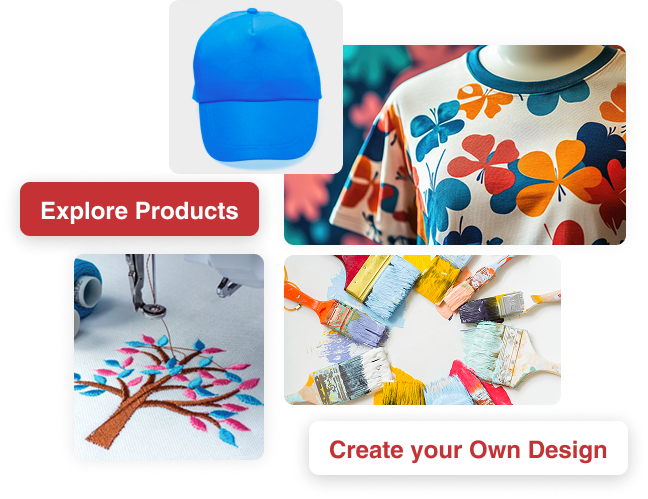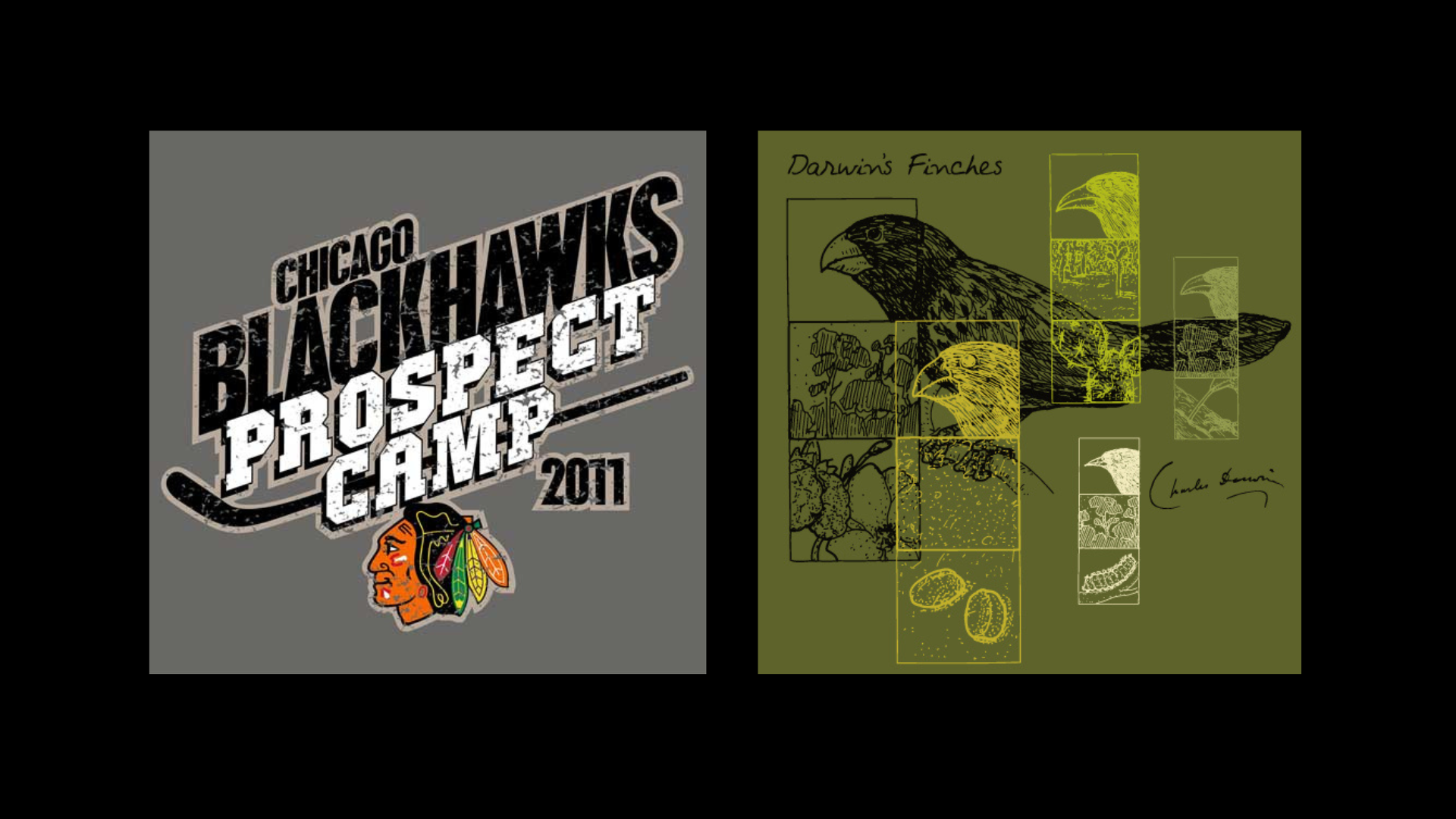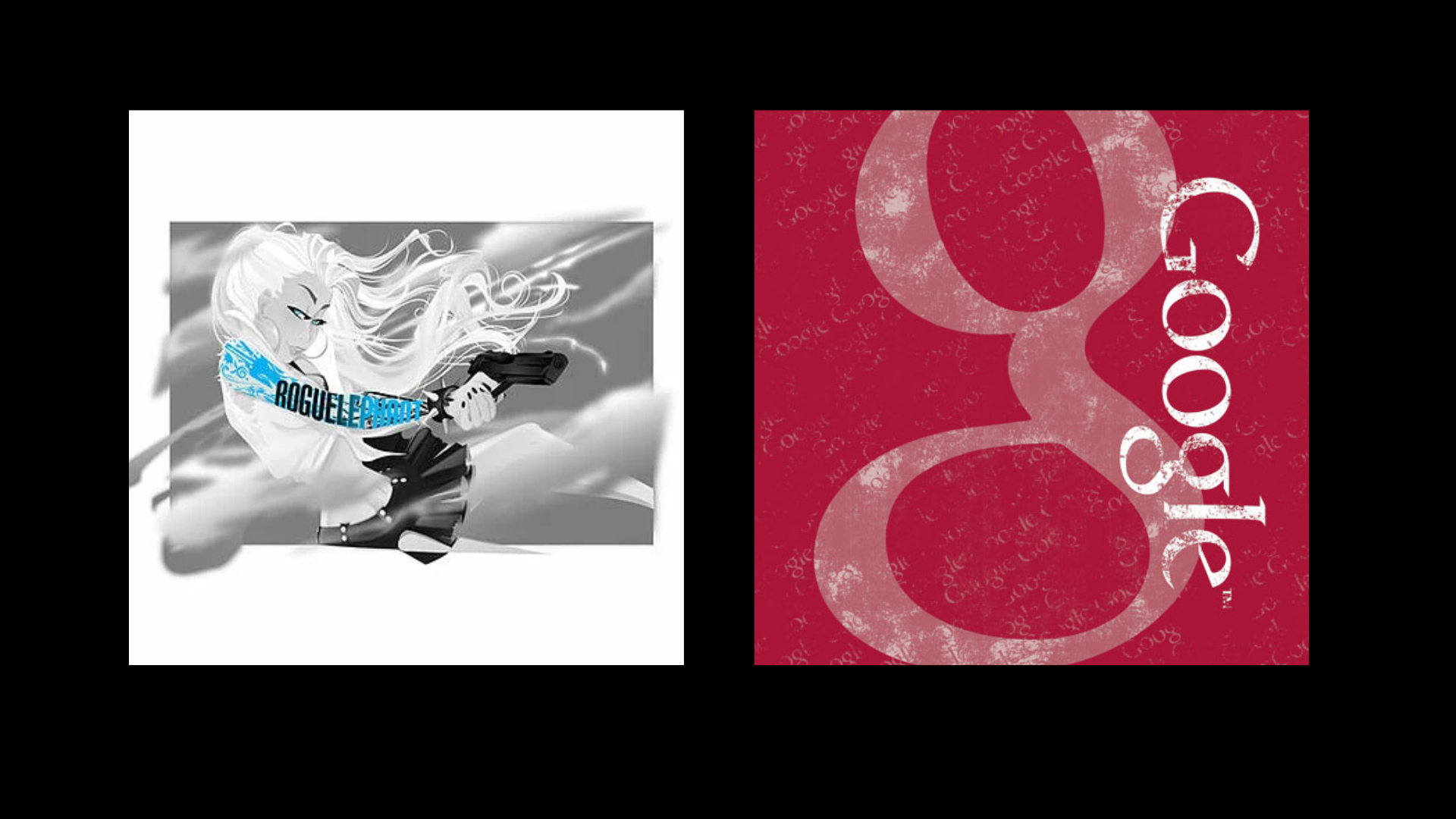
Color Separation
In order to screen print a design on a t-shirt or other garment, the design must be broken down to the individual color components. The process of isolating each color is called color separation. There may a fee associated with color separation depending on the art file and design.
There are various terms we use to describe the complexity and technical process involved in color separation for a particular design.
.png?width=1920&height=1080&name=One%20Color%20(1).png)
One Color
There’s really no color separation involved in one color printing. The films and screens look the same as the art file we receive. In this case, just size up the image, add some registration labels and go!
# OF COLORS: 1 (2 on colored garments)

Spot Color
When a design has very basic, solid color fills that are easy to identify, we refer to the separation type as spot color.
# OF COLORS: Up to 12 depending on garment type and color, and order quantity.

Spot Color With Halftone
This is the next level of difficulty beyond spot color. Designs are simple and utilize halftone shading and/or gradients in limited areas. No complex gradients.
# OF COLORS: Up to 12 depending on garment type and color, and order quantity.
.png?width=1920&height=1080&name=Spot%20Color%20With%20Halftone%20(1).png)
Complex Spot Color
These images are more illustrative or painterly, not photorealistic, but incorporate many colors in a complex design. Complex spot color separations are used when designs incorporate 3-D effects, transparency, layering, complex gradients, and other effects along those lines.
# OF COLORS: 5-12
Four Color Process
This process mimics an ink jet printer in that cyan, magenta, yellow and black are used for the printing. Color separation using 4 color process is rarely, if ever, used in our shop these days. The print quality and saturation is far superior when we use complex spot color or simulated process. Four color process can only be used when printing on white garments. Direct-To-Garment printing may be a better option than 4CP depending on the desired result. Be sure to consult with a sales rep before ording 4CP.
# OF COLORS: 4
Simulated Process
We use simulated process separation on the most complex and/or photorealistic designs. Pantone ink colors using varying halftone percentages are layered to simulate additional ink colors. Blending is enhanced by using wet-on-wet print techniques.
# OF COLORS: 8-12


Big thanks to Ian Leino and Threadless for
the simulated print. This t-shirt is hot!
Thanks to Oxen and Threadless for this
purrrrfect example of simulated process.
Three Keyboard Cat Moon!
Top Screen Printing Articles
Choosing The Right Type Of Screen Printing For Your T-Shirts5 Pantone Colors To Avoid On Screen Printed T-shirts
4 FAQs About Using A White Under Base when Screen Printing
What You Need to Know About Screen Printing on Tri-Blend Shirts
From Concept To Screen Printed T-shirt: A Six Step Process
The Unwanted Mark of Screen Printing
5 Tips When Preparing Your Illustrator File for a Screen Printer
Pantone & Textile Screen Printing
Pantone colors are the universal language for communicating specific colors right down to the shade. This language overcomes distances and computer monitors with different calibrations.
This guide is meant to give you an understanding of how screen printing inks relate to Pantone® colors. Fill out the form to the right and download your free guide today!
